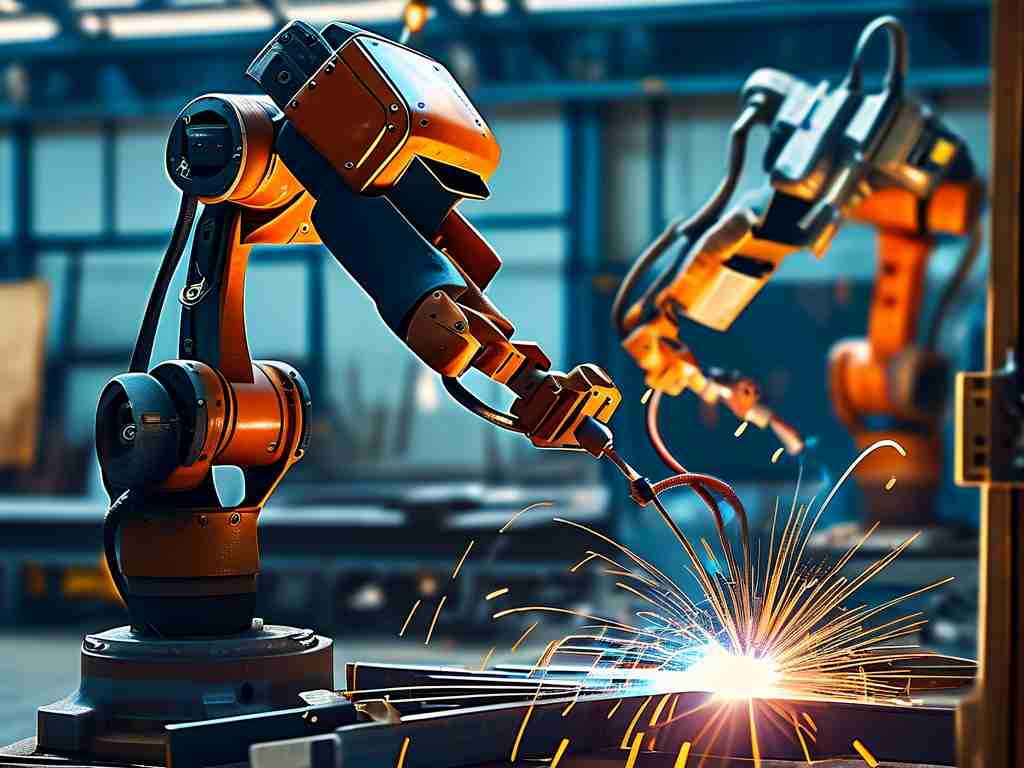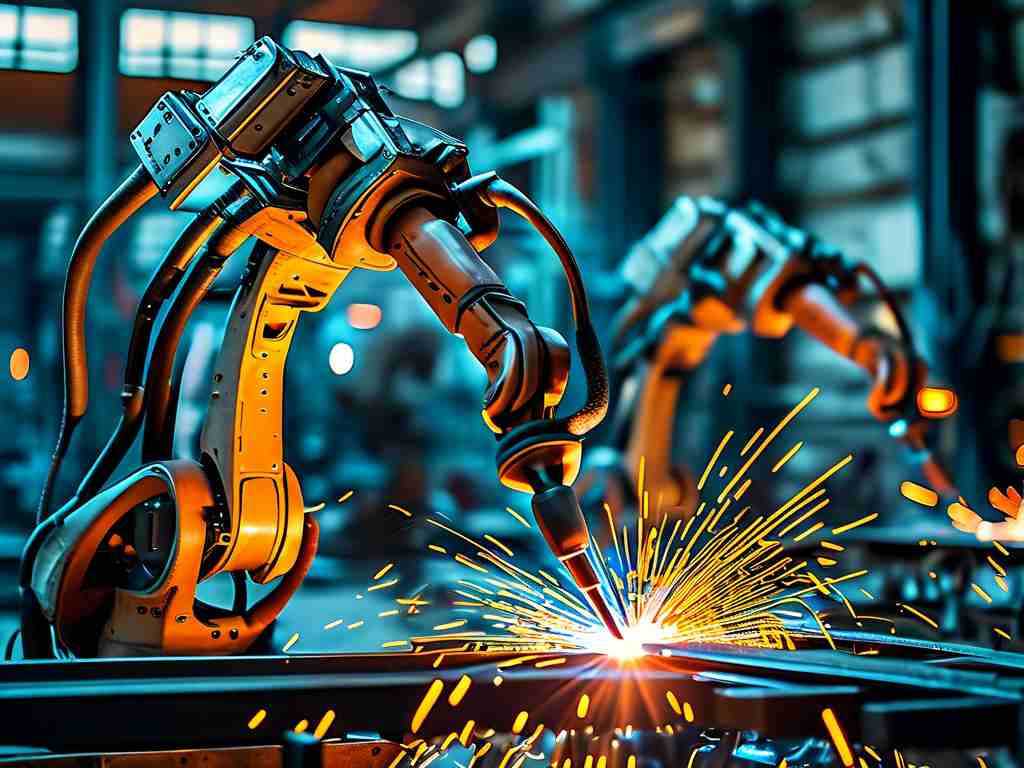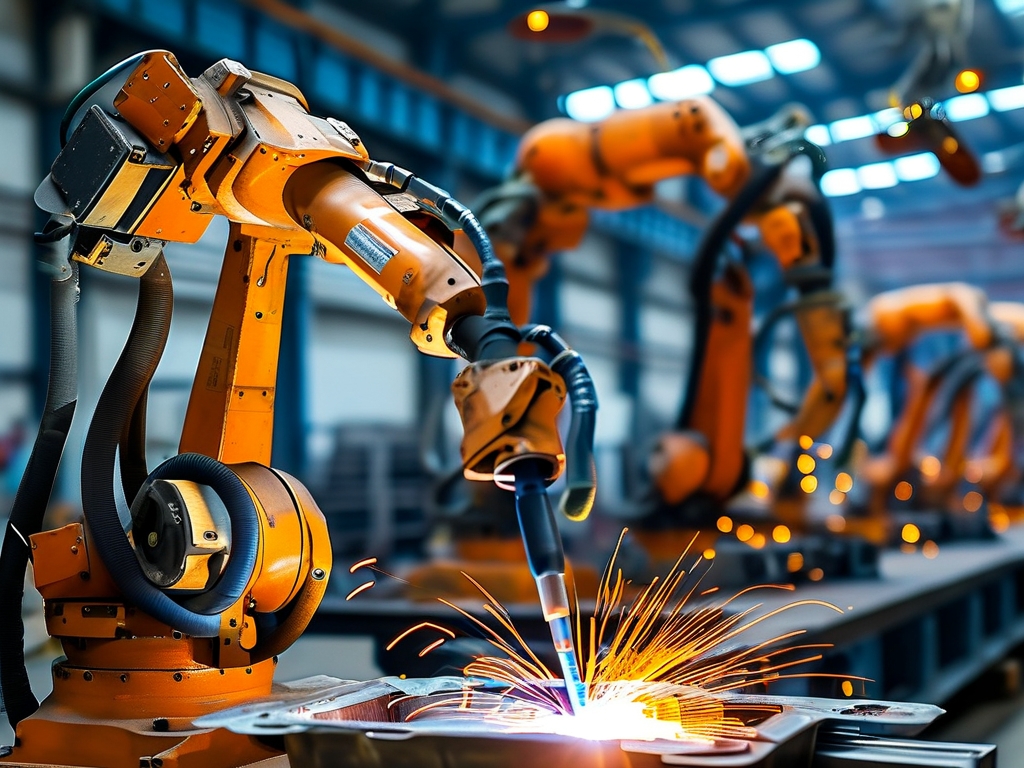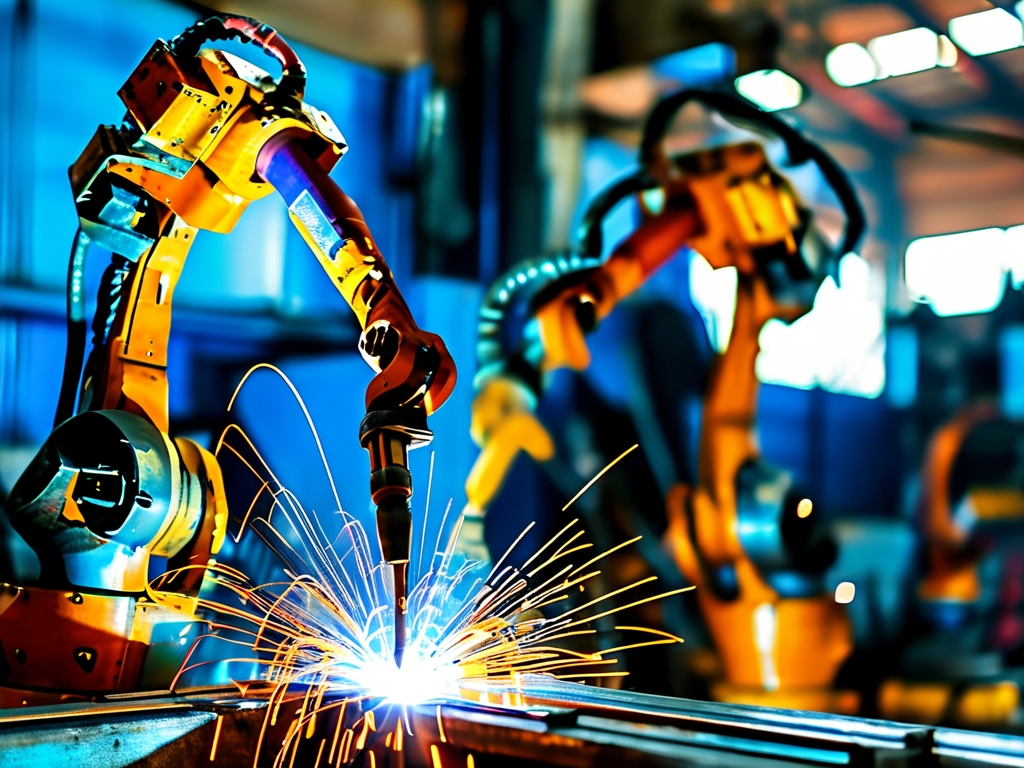The integration of robotic welding systems in aluminum fabrication has revolutionized manufacturing processes across industries. Aluminum, known for its lightweight properties and corrosion resistance, presents unique challenges in welding due to its high thermal conductivity and low melting point. Advanced robotic solutions now address these challenges with precision, enabling consistent results while reducing operational costs. This article explores the technical advancements, practical applications, and future trends in robotic aluminum welding.

Technical Advancements in Robotic Aluminum Welding
Modern robotic welding systems employ adaptive algorithms and sensory feedback mechanisms to handle aluminum’s material characteristics. Traditional welding methods often struggle with heat distortion, but robots equipped with pulsed gas metal arc welding (GMAW-P) technology minimize thermal input. This approach stabilizes the weld pool, preventing burn-through on thin aluminum sheets. Additionally, vision-guided systems automatically adjust torch angles and travel speeds based on real-time workpiece scans, ensuring uniform weld seams even on curved or irregular surfaces.
Another breakthrough lies in hybrid laser-arc welding, which combines laser beams with conventional arc welding. This method enhances penetration depth while maintaining high processing speeds—ideal for thick aluminum components used in aerospace or automotive frameworks. Collaborative robots (cobots) have further expanded accessibility, allowing human operators to program welding paths through intuitive interfaces without specialized coding skills.
Overcoming Material-Specific Challenges
Aluminum’s oxide layer poses a significant barrier to achieving strong welds. Robotic systems now integrate cleaning cycles using mechanical brushing or chemical treatments before welding. Some setups utilize alternating current (AC) waveforms to break down oxides during the welding process itself. Furthermore, inert gas mixtures like argon-helium blends improve arc stability and reduce porosity, a common defect in aluminum welds.
To combat warping, robots employ staggered welding sequences and intermittent cooling phases. For instance, in automotive assembly lines, multi-axis robots alternate between welding zones on aluminum car bodies, distributing heat evenly. Post-weld inspection tools, such as ultrasonic testing modules integrated into robotic arms, detect subsurface flaws instantly, reducing rework rates.
Industry Applications and Case Studies
The automotive sector heavily relies on robotic aluminum welding for electric vehicle (EV) battery enclosures and chassis components. A leading EV manufacturer reported a 40% reduction in production time after adopting six-axis robots with seam-tracking capabilities. Similarly, shipbuilders use robotic systems to weld aluminum hulls, achieving 25% weight savings compared to steel structures while meeting stringent marine safety standards.
In aerospace, robotic welding ensures the integrity of aluminum alloy fuel tanks and fuselage panels. A European aircraft manufacturer implemented robotic friction stir welding (FSW) to join large aluminum sheets without melting the base material, resulting in joints with 90% of the parent metal’s strength.
Future Directions and Sustainability
Emerging trends include AI-driven predictive maintenance for welding robots, which analyzes motor vibrations and voltage fluctuations to preempt equipment failures. Researchers are also exploring additive manufacturing techniques where robots deposit aluminum wire to 3D-print complex parts with embedded sensors.
From an environmental perspective, robotic welding reduces material waste through precise wire feeding and optimized energy consumption. A 2023 study revealed that automated aluminum welding systems cut carbon emissions by 18% compared to manual operations, aligning with global sustainability goals.
Robotic welding technology continues to redefine aluminum fabrication, merging accuracy with efficiency. As industries prioritize lightweight materials and eco-friendly practices, these systems will remain pivotal in shaping next-generation manufacturing. Enterprises adopting such innovations not only enhance product quality but also gain a competitive edge in rapidly evolving markets.





